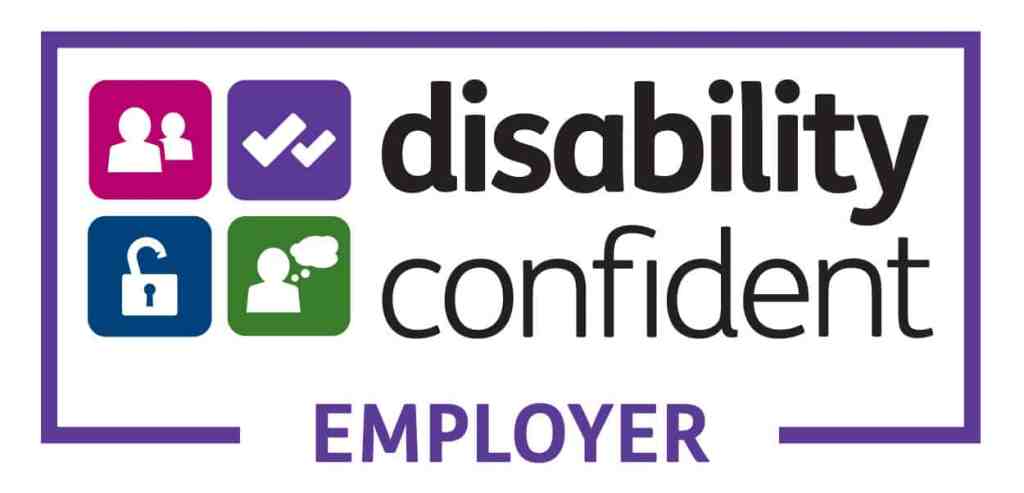By Tosin Samuel Ojo, Senior Business Analyst and Greg Horsfall, Lead Consultant at Nimble Approach
Project delivery is like trying to assemble a piece of large furniture from IKEA without instructions, family watching over you and eagerly waiting to use it. It’s a complex process that involves many different parts, deadlines, and stakeholders. Whether you’re building a new website, launching a product, or implementing a new system, you have to navigate the challenges of project delivery to turn an idea or concept into something that works.
So How Do Business Analysts Fit Into Project Deliver?
So how do BAs fit into this? To continue our earlier analogy of building IKEA furniture without instructions, BAs are the ones who have built a dozen ‘Kallax’, a ‘Pax’, a couple of ‘Malms’, and an ‘Uppspel’. So even if it’s an entirely different piece of IKEA furniture without any instructions, BAs have a wide spread of experience to be able to interpret the patterns of how IKEA furniture fits together. They are the Sherlock Holmes of the project world, requiring a wide range of sleuthing skills: deep-diving into the requirements; gathering insights; reading between the lines to identify potential gaps; and bringing everything together to ensure the project stays on track.
A business analyst not only helps in understanding the project’s goals and objectives but also acts as the bridge between the end-user and the development team. They are the translators who ensure that what the business wants is effectively communicated to the technical team. Without their expertise, projects can easily go awry, budgets can go down the drain, and chaos can ensue.
This might sound like an exaggeration, but we hope that this blog demonstrates how BAs are the unsung heroes of many a project.
Business Analyst Super Powers
Validation
The early stages of a project are a BA’s wonderland. Whilst this phase of a project might predominantly involve someone representing the product side of things and someone representing the delivery side of things, BAs sit right in the middle of it all. BAs have to challenge the product and inform delivery.
Even before requirements are gathered, a BA will need to understand the business goals and objectives. If a project is started with a requirement, the business analyst has to challenge that requirement to validate whether it will meet the goals and objectives, and if it is the best option. This is where BAs don their deerstalkers and read between the lines of what is being asked of them, and of the project. Only then can BAs start to capture and analyse the requirements.
Requirement Gathering
Requirement gathering isn’t just writing down what a Product Manager wants in a list. BAs have to cover all of the potential bases that a project might impact or be impacted by. There are ‘known-unknowns’ and ‘unknown-unknowns’ that all need to be uncovered.
Fortunately, BAs have a whole workshop of tools at their disposal. Without going into every tool at their disposal (as that could be several blogs in its own right), BAs might need to dive into the analysis of internal and external factors, going deeper into the details to ensure that requirements aren’t missed.
We’re not saying that BAs can uncover every requirement on their own as some kind of superhuman entity. But another key role for a BA in this phase is identifying the key stakeholders, and leveraging them for what they know and understanding what they need. To unearth the true requirements of a project.
Read more: How Business Analysts Can Support Test Engineers.

Stakeholder Engagement
Stakeholders can make or break a project. Understanding their needs, expectations, and concerns is vital for success. This adds layers of complexity to any project, complexity that an effective BA embraces and incorporates into all aspects of the project. Through effective stakeholder identification and engagement, new requirements may be identified, existing requirements may be altered, challenges might be identified, and potential risks or issues are highlighted.
Scope and Priority
Once all of this is brought together, whilst BAs might not be the decision makers when it comes to scope and priority, they play a critical role in defining what is and isn’t going to be delivered.
Over the course of the early validation of the business needs, and gathering requirements, BAs become experts on the details of the project. They provide insights into the business value, constraints, and dependencies. Informing product and delivery, enabling them to make the necessary decisions around scope and priority.
A BA might also be able to switch hats, walking through a custom journey map or facilitating delivery discussions in order to break down the work.
Effective Communication
Being an expert in the details of a project is pretty useless if you can’t share that knowledge effectively. And whilst effective communication is a key part of many roles, there aren’t many that have to deal with the complexity that a BA does.
Communicating the level of detail required of more complex projects to a wide audience of stakeholders comes with significant challenges. The primary challenge is tailoring the information for the audience, as well as ensuring that the right people are in the room. BAs navigate these challenges as a central part of their day to day role, from accurately documenting different aspects of a project, to active listening.
Problem Solvers
So even when a BA isn’t discovering or sharing information with stakeholders, they are an active part of the delivery process, paying close attention to the progress and challenges of the project. By actively listening to updates from stakeholders in daily stand ups, reviews, or retros, BAs stay ahead of risks and challenges, take course correcting actions, and act as problem solvers.
Whilst it is usually part of a Scrum Master’s job description to help delivery teams by removing any obstacles that they face, a BA is often better-placed to tackle the problem, drawing on their deeper knowledge of the project as a whole. Even if the BA doesn’t have the answers on hand, they have the skills to work with stakeholders across the project to resolve any problems.
Read more: 7 traits of an ineffective Business Analyst, and how to improve.
Conclusion
BAs aren’t just “Jira monkeys” or number crunchers.
BAs are truly the great “jack-of-all-trades”, and they still manage to be the master of some. They’re team players, collaborators, and leaders. They are experts on the details of the project, and are able to share that knowledge with the teams and stakeholders. They leverage their extensive toolkits to ensure that everyone has what they need, and are the driving force that keeps projects moving forwards.
So when you’re starting a project, make sure that you don’t forget your unassuming sidekick, and hero in disguise: the trusty Business Analyst.
Ready to realise the power that an expert Business Analyst can add to your next project? Your project deserves the best outcomes right?
About the authors:
Tosin Samuel Ojo, Senior Business Analyst at Nimble Approach.
Tosin has over 9 years of end-to-end delivery experience working as a Business Analyst in both the Public and Private sector. He is known for his strategic thinking, attention to detail and ability to identify opportunities while playing a pivotal role in enhancing operational efficiency and achieving measurable results.
and
Greg Horsfall, Lead Consultant at Nimble Approach
Greg has over 12 years of IT delivery experience in a wide variety of industries. He has a passion for enabling delivery teams to realise and deliver real value, through effective communication, process adoption and leadership.
















